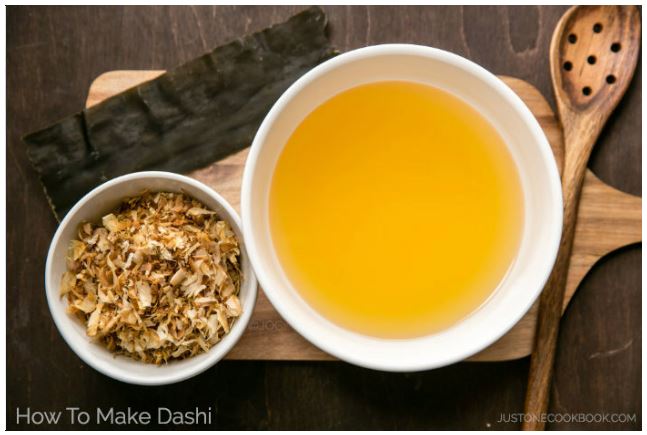Umami
Another Word For Flavor-Richness!
U·ma·mi (noun) is a category of taste in food (besides sweet, sour, salt, and bitter), corresponding to the flavor of glutamates, especially monosodium glutamate. It can be translated as "pleasant savory taste." Sour, sweet, salty and bitter have long been considered the four main flavors we can taste. Umami, a Japanese word that describes a meaty or savory taste, is thought to be a fifth flavor. Read on to discover food combinations that work together to create delicious umami flavor.

According to the official Umami Information Center, “Umami is a pleasant savory taste imparted by glutamate, a type of amino acid, and ribonucleotides, including inosinate and guanylate, which occur naturally in many foods including meat, fish, vegetables and dairy products.” Chances are you’re already combining certain foods for maximum umami flavor without even realizing it: Bacon and cheese on your hamburger; tomato sauce and Parmesan cheese, and French fries with ketchup.
Yet there are many umami-rich foods. Here’s a list of umami-rich vegetables:
- Tomatoes
- Shiitake mushrooms
- Enokitake mushrooms
- Truffles
- Soy beans
- Potatoes
- Sweet potatoes
- Chinese cabbage
- Carrots
And another list of umami-rich seafood:
- Seaweed
- Dried bonito flakes
- Dried sardines
- Bonito
- Mackerel
- Sea bream
- Tuna
- Cod
- Prawns
- Squid
- Oysters
- Shellfish
And how about umami-rich meat? It’s no surprise that America’s favorite three are listed: beef, pork, and of course, chicken.
- Parmesan cheese
- Green tea
- Soy sauce
- Chicken egg
- Oyster sauce
And the Umami Information Site listed 5 more foods under “Other:”

The interesting, and even good thing to know and understand about umami is that it occurs naturally in so many foods. The artificial version of this flavor—MSG—is a definite health hazard, headache creator, and unnecessary additive. Yet we all know how good things can taste when MSG is added—that’s why the food industry started adding it in the first place.
But taking our cues from the Japanese, we can use umami to our advantage by combining foods naturally rich in umami with foods that could use a little flavor boost. Take dashi, for instance. This is a cooking stock brimming with pure umami flavor. Traditional dashi is made with bonito flakes, kelp, and sometimes shiitake mushrooms. This stock is considered indispensable to Japanese cuisine.

To make your own dashi stock, you’ll use a 4-inch square of kelp, 3 cups of water and 8 ounces of bonito flakes—that’s it. You slit the kelp and cook it on medium heat. Remove the kelp just before it boils and add the flakes. Bring to a full boil and strain. And there you have it—a umami-rich stock ready to use in soups, stews, chowders, etc.
But even if you don’t attempt a dashi stock, you can still punch up the flavor factor in your cooking by just referring to the above lists and play around with creating new combinations of these umami-rich ingredients. Using freshly grated Parmesan cheese in unexpected ways could be a good place to start. I’ve found it’s amazing over grilled asparagus. And combining carrots, shiitake mushrooms, and chicken in a stir fry has to be a winner. So let’s experiment with umami and raise our glasses to the pursuit of flavor-richness!
- www.barbstuckey.com
- www.drfranklipman.com
- www.www.drfranklipman.com.
 Alice Osborne
Alice Osborne
Weekly Newsletter Contributor since 2006
Email the author! alice@dvo.com
